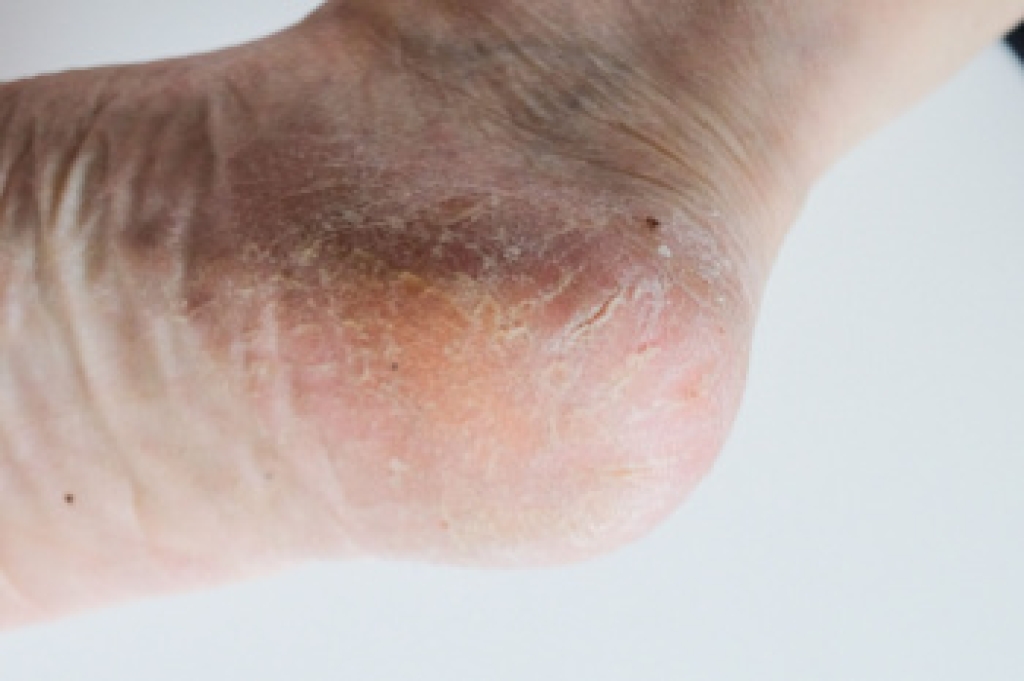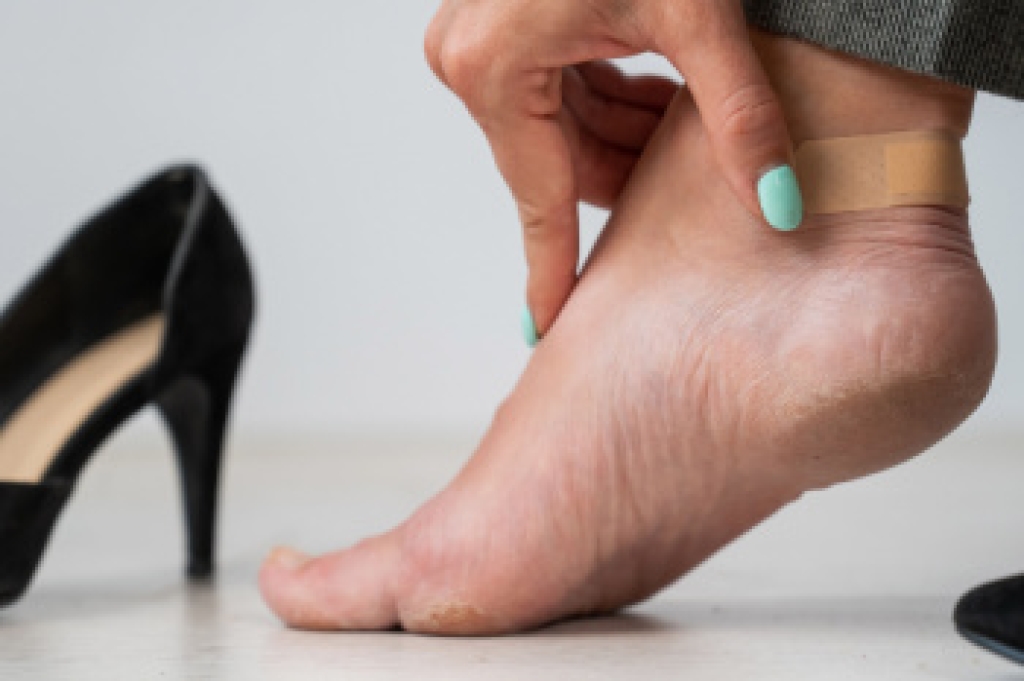Are There Differences Between Walking and Running Shoes?

When it comes to selecting the perfect footwear for your fitness routine, understanding the disparities between running and walking shoes is vital. While both activities involve putting one foot in front of the other, the mechanics of each differ significantly, necessitating distinct shoe designs. Running shoes are engineered to absorb impact and provide ample cushioning to cushion the feet from the repetitive force generated by running. They also feature a higher heel drop to facilitate forward motion and reduce strain on the Achilles tendon. Conversely, walking shoes are designed with a lower profile and less cushioning since walking generates less impact force than running. Additionally, walking shoes often have a more flexible sole to accommodate the heel to toe rolling motion of walking. If you would like more information about what type of shoes to choose for your desired walking or running routine, it is suggested that you confer with a chiropodist.
Finding the right shoes can sometimes be a major hassle, especially if you intend to work out in them. There are shoes on the market designed specifically for running and walking, but it can be difficult to differentiate between the two and find the right shoes for you. If you’re having trouble finding the right shoes, please consult with one of the chiropodists from The Footcare Centre. Our chiropodists can help you maintain the health of your lower limbs and your mobility.
What are the differences between running and walking shoes?
These two types of shoes vary along several parameters.
- Cushioning: Runners need more cushioning in the heel and forefoot areas of the shoe, while walkers can get away with less cushioning.
- Heel height: Runners need a higher heel to provide them with stability, but the ideal height of the heel for runners varies depending on their running gait. Walkers generally don’t need a built-up heel.
- Heel flare: Flared heels can help provide extra stability for runners with certain gaits, while walkers may benefit from a flared heel to control the motion of their foot.
- Flexibility: Both runners and walkers need shoes that are flexible.
For more information about the differences between walking and running shoes, and to figure out which shoes may be right for you, please consult with a chiropodist. Feel free to contact our office located in . We offer the newest diagnostic and treatment technologies for all your foot care needs.
Causes and Symptoms of Cracked Heels
 Cracked heels, or heel fissures, are often seen as a nuisance or a cosmetic issue but can become painful and even infected if left untreated. Dry skin, particularly when the skin surrounding the rim of the heel is thickened or callused, is a primary cause of cracked heels. Factors include prolonged standing on hard floors, biomechanical issues, obesity, and frequently wearing open-back shoes. Women are especially prone to developing cracked heels, reporting the condition at a rate over 50 percent higher than men. Visual symptoms are evident with cracks or fissures in the heel area, potentially leading to discomfort, pain, and bleeding. Infections can occur, signaled by redness, swelling, warmth, and pain upon touch. Medical conditions, including diabetes, psoriasis, and fungal infections, can predispose individuals to dry skin and increase the likelihood of cracked heels. A chiropodist can offer tailored treatment plans, address underlying conditions, and recommend suitable footwear to prevent cracked heels. If you have cracked heels that may be infected or are causing pain, it is suggested that you schedule an appointment with a chiropodist for relief.
Cracked heels, or heel fissures, are often seen as a nuisance or a cosmetic issue but can become painful and even infected if left untreated. Dry skin, particularly when the skin surrounding the rim of the heel is thickened or callused, is a primary cause of cracked heels. Factors include prolonged standing on hard floors, biomechanical issues, obesity, and frequently wearing open-back shoes. Women are especially prone to developing cracked heels, reporting the condition at a rate over 50 percent higher than men. Visual symptoms are evident with cracks or fissures in the heel area, potentially leading to discomfort, pain, and bleeding. Infections can occur, signaled by redness, swelling, warmth, and pain upon touch. Medical conditions, including diabetes, psoriasis, and fungal infections, can predispose individuals to dry skin and increase the likelihood of cracked heels. A chiropodist can offer tailored treatment plans, address underlying conditions, and recommend suitable footwear to prevent cracked heels. If you have cracked heels that may be infected or are causing pain, it is suggested that you schedule an appointment with a chiropodist for relief.
Dry, cracked heels are more than a cosmetic inconvenience. For many people, they are uncomfortable, deep, painful, and may even bleed. If you suffer from cracked heels, please consult with one of the chiropodists from The Footcare Centre. Our chiropodists can help you maintain the health of your lower limbs and your mobility.
Causes
- Prolonged standing
- Wearing open-back shoes
- Wearing shoes that don’t cushion the heels
- Living in a cold or dry climate
- Taking long, hot showers
- Not moisturizing the heels
- Eczema
- Psoriasis
- Palmoplantar keratoderma
- Juvenile plantar dermatosis
Treatments
- Soaking the feet
- Exfoliating with a pumice stone
- Moisturizing the heels
- Wearing closed-back shoes that cushion heels
- Avoiding prolonged standing
- Taking warm, rather than hot, showers
- Treating underlying skin conditions
While milder cases of cracked heels can be treated at home, some patients present with deep, painful, bleeding heel fissures that are at risk of becoming infected and may require medical care. Additionally, patients with diabetes or any other conditions that affect the immune system should be monitored by a chiropodist.
If you have any questions, please feel free to contact our office located in . We offer the newest diagnostic and treatment technologies for all your foot care needs.
Causes and Definition of Foot Blisters

Foot blisters are a common occurrence that can cause discomfort and inconvenience, especially for those who are active or wear ill-fitting shoes. These small fluid-filled pockets form on the outer layer of the skin, typically due to friction, pressure, or repetitive rubbing. The friction causes the layers of skin to separate, allowing fluid to accumulate between them as a protective response. Blisters can result from various factors, including wearing new or tight footwear, engaging in prolonged physical activity, or experiencing excessive moisture buildup. Additionally, foot blisters can develop as a result of medical conditions such as eczema, herpes, or allergic reactions. While foot blisters are often minor and heal on their own, they can become painful and susceptible to infection if not properly managed. If you have developed a blister on your foot that has become infected, it is suggested that you consult a chiropodist who can offer you effective treatment and prevention techniques.
Blisters can usually be treated at home, however, if you have recurring blisters or experience significant discomfort or pain, please consult with one of the chiropodists from The Footcare Centre. Our chiropodists will assess your condition and provide you with quality foot and ankle treatment.
What Is a Blister?
A blister is a small pocket of fluid in the upper skin layers and is one of the body’s natural responses to injury or pressure. Blisters can also result from burns, fungal or viral skin infections, and the feet are particularly prone due to ill-fitting footwear and friction. Friction on the skin causes the upper layer of skin to separate from the lower layers. The space that this separation creates then becomes filled with a liquid called serum, which protects the lower layers of skin.
Treatment
If you notice a blister on your foot, you can cover it with a soft bandage or dressing to protect it. Popping the blister is discouraged. Doing so exposes the raw skin underneath it to bacteria and also raises the risk of infection. If a blister pops naturally, let it drain before covering it with a bandage. Blisters usually heal on their own or with home treatment, however, if your blister is recurring, very painful, or appears infected, it is recommended that you see a chiropodist for treatment.
Prevention
You can help to prevent blisters by wearing comfortable, well-fitted shoes. Keep your feet dry by wearing moisture-wicking socks and dust your feet with talcum powder if they tend to get sweaty. If you have areas on your feet that are more susceptible to blisters, you might be able to prevent the blister from forming by covering it with a pad.
If you have any questions, please feel free to contact our office located in . We offer the newest diagnostic and treatment technologies for all your foot care needs.


